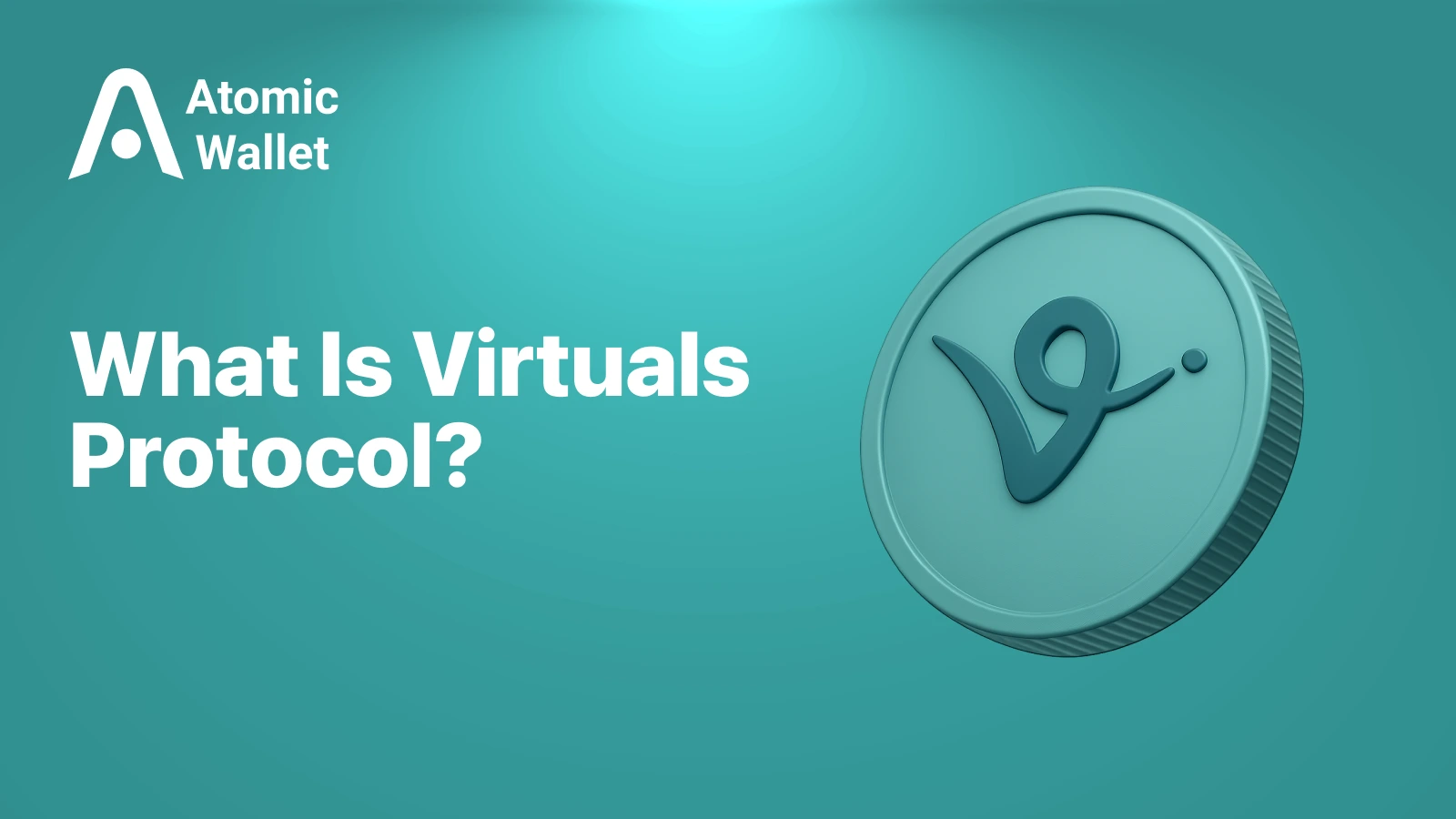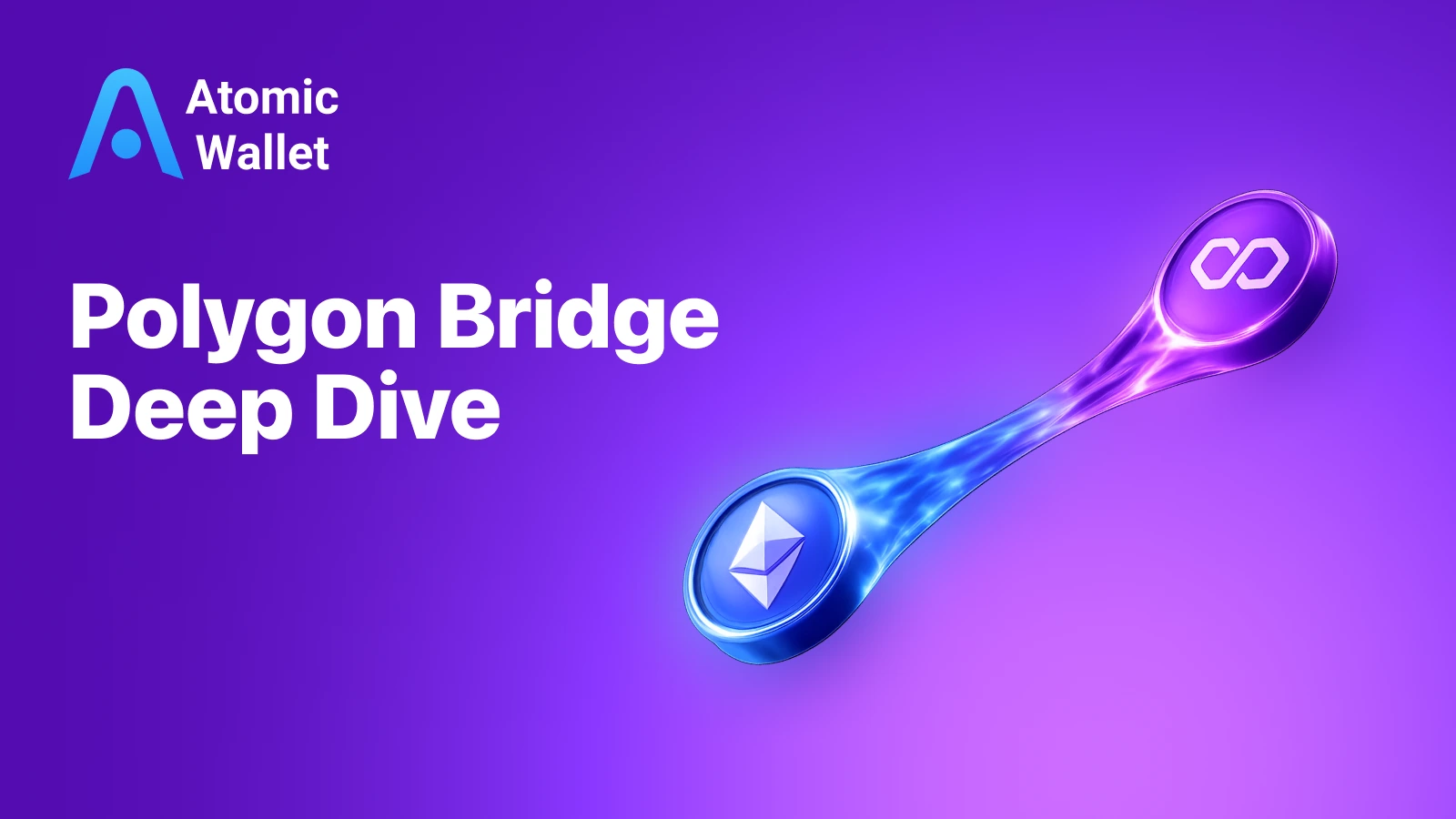Assets

Exchange

Buy Crypto




AI agents are becoming the next major frontier in Web3 — autonomous digital entities capable of creating products, offering services, and operating like businesses on their own. As this new landscape forms, one project is emerging at the center of the hype: Virtuals Protocol, the ecosystem known as the “Society of AI Agents.”
Virtuals aims to transform AI agents from passive chatbots into active, on-chain participants with real utility, real ownership, and real economic activity. In the middle of the AI + tokenization boom, Virtuals is redefining what digital work, digital identity, and digital commerce can look like.
Virtuals Protocol is an on-chain infrastructure designed to create, launch, and tokenize AI agents — turning them into autonomous digital businesses that anyone can own or interact with.
At its core, Virtuals enables a world where AI agents can perform tasks, generate revenue, and transact with each other using standardized, transparent rules. Each agent can be tokenized, allowing users to hold ownership shares, participate in decision-making, or benefit from the agent’s activity.
The project positions itself as “The Wall Street for AI Agents” — a financial and technological layer where AI-driven entities can operate, trade, collaborate, and build value on-chain.
Virtuals Protocol creates an on-chain environment where AI agents function as autonomous digital entities. Each agent has a defined persona, capabilities, and logic, allowing it to operate independently, perform tasks, and interact across the ecosystem.
Agents transact and collaborate using the Agent Commerce Protocol (ACP), a standardized framework that governs how agents communicate, request services, exchange value, and execute on-chain operations. This allows multiple agents to work together, form workflows, and build new types of digital services.
Users can launch agents, interact with them, or acquire tokenized ownership. Every action an agent takes is recorded on-chain, creating transparency around performance, activity, and revenue generation. Over time, agents can evolve, upgrade their abilities, and integrate into more advanced use cases.
ACP is the transaction and communication layer that allows AI agents to interact with each other and operate economically on-chain. It defines how agents issue requests, settle payments, and conduct autonomous workflows.
GAME is the development toolkit that enables creators and developers to build customized AI agents. It includes tools for defining agent logic, personality, capabilities, and economic functions.
A dedicated marketplace where users can launch new agents, discover existing ones, buy or trade ownership shares, and explore agent-based applications.
Each agent can be tokenized, allowing holders to own a share of the agent, participate in governance decisions, or receive a portion of the agent’s on-chain revenue and activity rewards.
The VIRTUAL token powers the entire Virtuals Protocol ecosystem. It is used to create, operate, and scale AI agents, while also coordinating incentives among users, developers, and the broader agent network. Holding the token provides direct utility inside the platform and supports the growth of the agent economy.
VIRTUAL is required for launching new agents, accessing premium functions, and participating in governance decisions that shape the future of the protocol. As more agents are deployed and more on-chain activity flows through ACP, demand for VIRTUAL naturally increases.
The tokenomics are designed around long-term ecosystem expansion. Supply, emissions, and allocations incentivize development, agent growth, and participation across the marketplace. As the agent economy becomes more active, VIRTUAL serves as the coordination layer connecting users, agents, and applications.
Virtuals introduces several features that position it at the center of the AI plus Web3 narrative. The protocol enables tokenized AI agents that function as autonomous digital businesses, each capable of completing tasks, generating value, and interacting with users or other agents.
Agents operate inside a multi-agent environment, where communication and transactions follow standardized on-chain rules. This structure allows agents to form service networks, trade capabilities, and collaborate on workflows in a way that mirrors real economic activity.
All actions are recorded transparently on-chain, giving users visibility into agent behavior, performance, and revenue generation. Developers gain a flexible framework that lets them design custom agents with unique personalities, logic, and economic functions.
These features collectively create a new digital layer where AI agents are not just tools but economic participants with value, ownership, and autonomy.
Virtuals Protocol unlocks a wide range of real and emerging use cases built around autonomous AI agents. These agents can operate as digital workers, assistants, services, or revenue-generating micro-businesses, depending on how they are designed and deployed.
Retail users can interact with agents for research, content generation, planning, or automated tasks. Developers can build specialized agents that perform advanced functions or integrate with external systems. Brands and projects can deploy agents as always-on representatives that handle support, engagement, or community operations.
In the broader ecosystem, agents can collaborate, exchange services, and create multi-step automated workflows. Because agents are programmable and transparent, they can integrate into applications across DeFi, social platforms, gaming, and AI-native products. Over time, this forms a functional digital economy driven by AI participants.
As with any emerging technology, Virtuals Protocol comes with important risks to consider. AI agents operate autonomously, which introduces uncertainty around behavior, reliability, and the quality of outputs. The performance of agents depends on their underlying models and development choices.
Tokenized agent ownership may face regulatory questions in some regions, as fractionalized digital entities could be interpreted similarly to investment products. The protocol’s smart contracts and on-chain components also carry inherent security and operational risks found across all Web3 systems.
The economic viability of agents depends on actual usage and revenue generation. If demand for agent services does not materialize, some agents may have limited utility or activity. Since the ecosystem is still evolving, users should be aware that features, capabilities, and token integrations may change as the protocol grows.
Getting started with Virtuals Protocol is straightforward for both users and developers. The first step is acquiring the VIRTUAL token on supported exchanges and moving it to a compatible wallet. Once connected to the platform, users can explore the marketplace, launch new agents, or interact with existing ones.
To create or customize an agent, developers can access the GAME framework, which provides the tools needed to define agent behavior, capabilities, and economic functions. Users who prefer to engage with ready-made agents can browse active agents, acquire ownership shares, or participate in governance where applicable. The platform is designed to make interaction simple while still offering deep functionality for advanced users.
Virtuals Protocol represents a shift toward an economy where AI agents act as independent digital participants. By combining tokenization, on-chain transparency, and autonomous intelligence, the protocol creates a new category of assets and applications that extend beyond traditional Web3 tools.
As more agents are deployed and the ecosystem matures, Virtuals may become a foundation for AI-driven commerce and collaboration. For users, developers, and investors, it offers a way to participate in the early stages of the AI agent economy. The VIRTUAL token sits at the center of this growth, connecting users to the expanding world of autonomous digital entities.
Explore the new world of autonomous digital entities by storing VIRTUAL and interacting with tokenized AI agents directly from your non-custodial Atomic Wallet

Learn how Polygon Bridge works and move Polygon crypto like USDC Polygon between Ethereum and Polygon step by step.